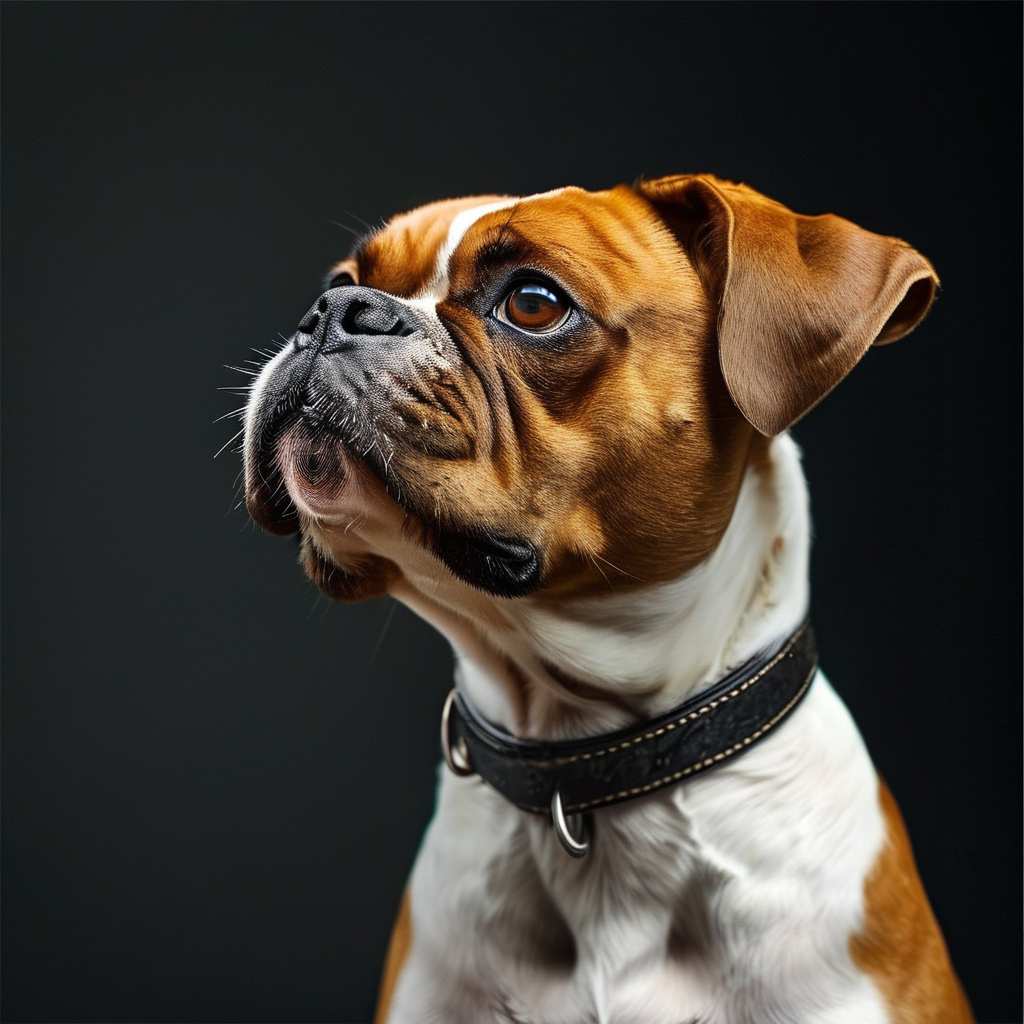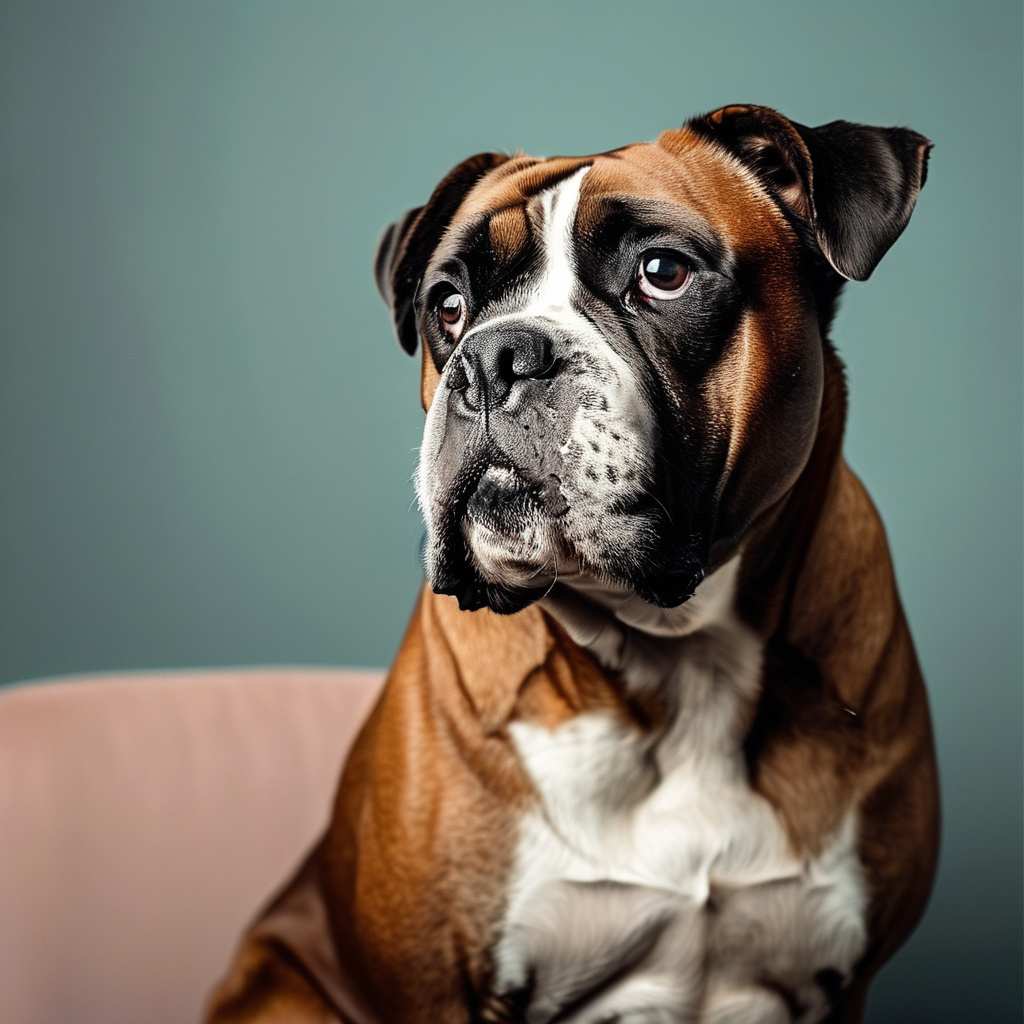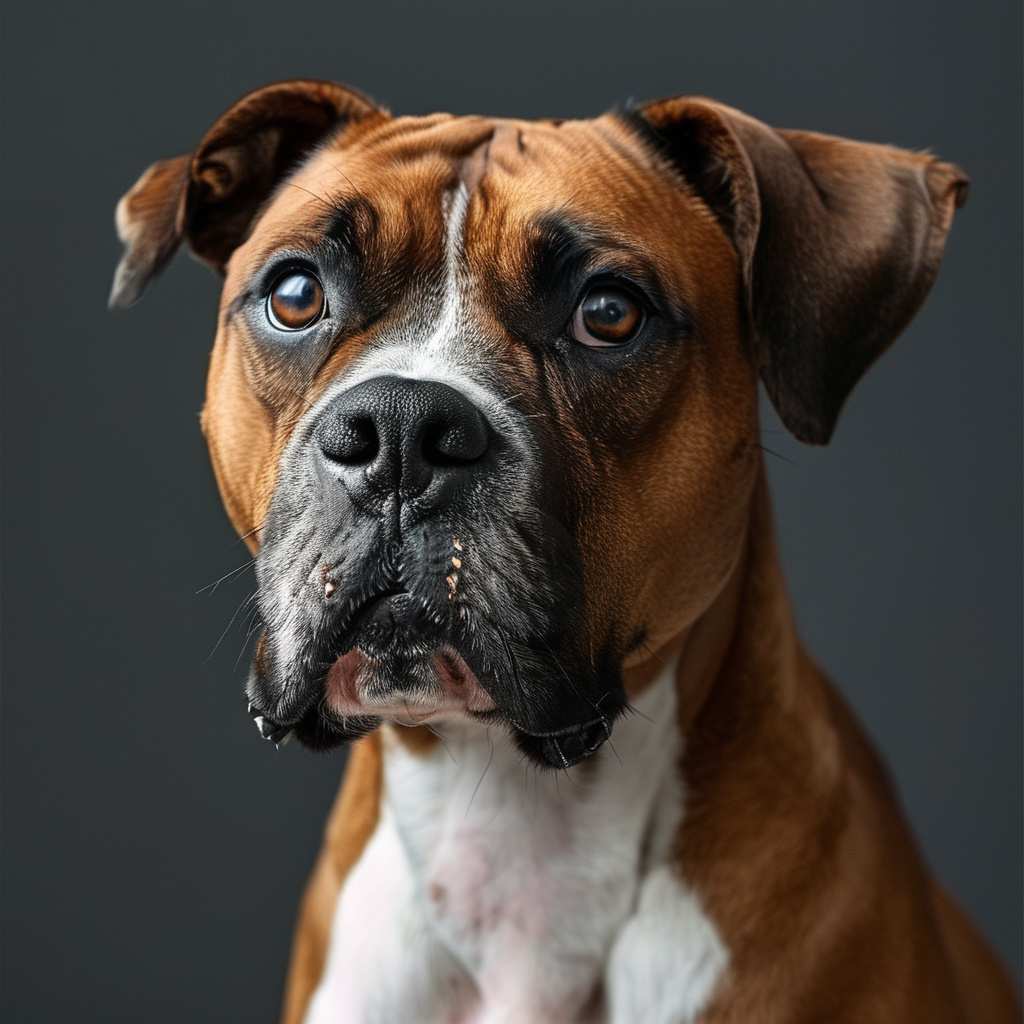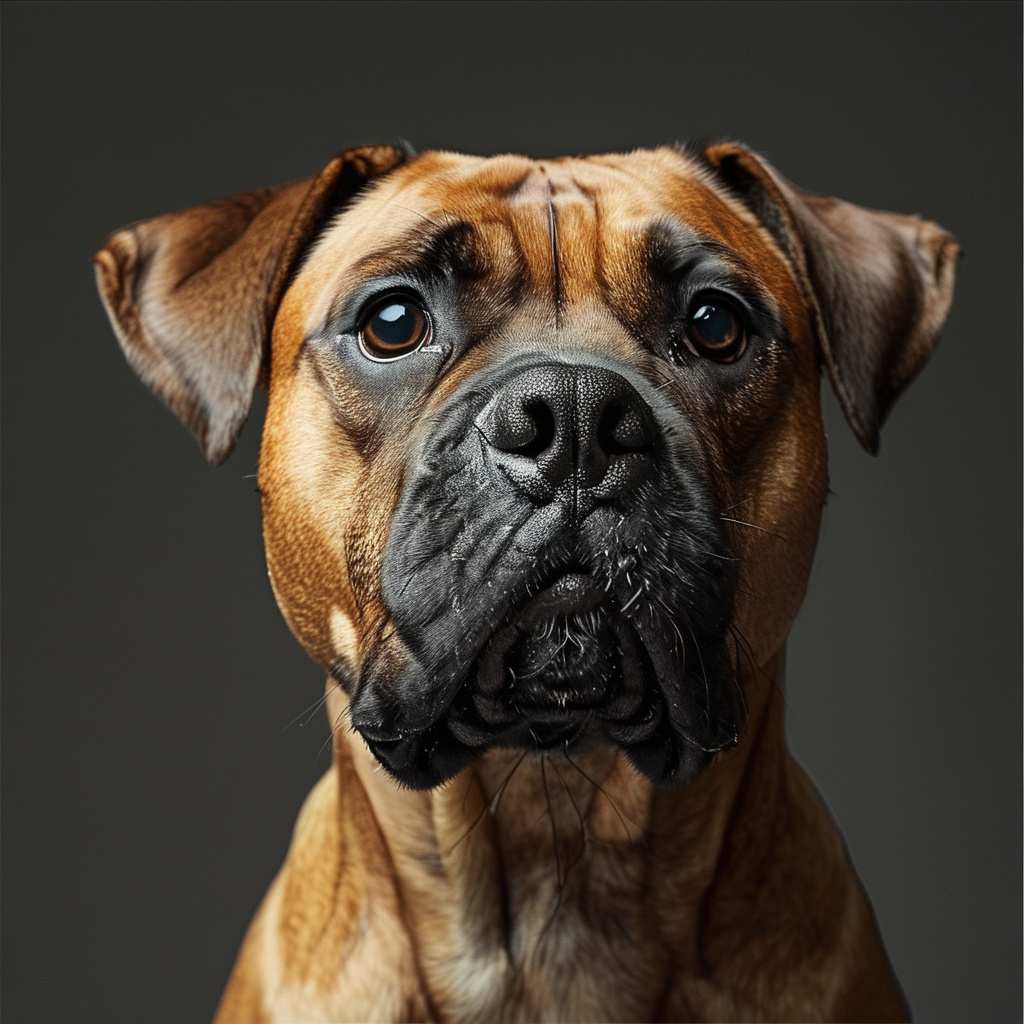Introduction:
Brachycephalic dogs, known for their short muzzles and charmingly expressive faces, have captured the hearts of many pet lovers. Breeds like Bulldogs, Pugs, and Shih Tzus are adored for their unique appearance, but this cuteness comes at a cost. Their distinctive skull structure often leads to a range of health problems, from respiratory issues to eye and dental complications. Understanding these challenges is crucial for owners, as proper care and attention can help mitigate some of the difficulties these dogs may face throughout their lives.
 Most brachycephalic dogs are considered cute and charming, often because of the funny, short nose and muzzle expression that this skull structure gives them. But this adorable look comes with some pretty serious health issues.
Most brachycephalic dogs are considered cute and charming, often because of the funny, short nose and muzzle expression that this skull structure gives them. But this adorable look comes with some pretty serious health issues.
Related Post: Everything You Need to Know About the Lively and Lovable Miniature Schnauzer
Many of you are probably fans of Bulldogs, Boston Terriers, Boxers, Pugs, and Shih Tzus. All brachycephalic dogs have their own unique charm due to the unusual structure of the snout. Unfortunately, this personal charm comes with medical problems that will require veterinary intervention for some members of these breeds. Below are some of the most common problems faced by these charming dogs and their caregivers.
Do these dogs have respiratory problems?
Related Post: Understanding Allergies in Dogs and Cats: Causes, Symptoms, and Treatment
It doesn’t take long to notice that these dogs sneeze and snore more often than other dogs. This is due to their narrowed nostrils (yes, it’s those cute nostrils), massive tongue, elongated soft palate, narrowed windpipe, and bulging laryngeal sacks at the back of the throat. Any one of these anatomical details can cause severe breathing problems in any dog, but brachycephalic breeds are most likely to suffer from all five at the same time.
 Some dogs require the intervention of a surgeon to correct these anatomical structures. Bulldogs are at the top of this list, but ultimately, any flat-nosed dog can benefit from treatment. Most dogs experience no discomfort during normal activity. Problems arise with stress, increased physical activity, or when the dog is in heat.
Some dogs require the intervention of a surgeon to correct these anatomical structures. Bulldogs are at the top of this list, but ultimately, any flat-nosed dog can benefit from treatment. Most dogs experience no discomfort during normal activity. Problems arise with stress, increased physical activity, or when the dog is in heat.
For this reason, it is important for handlers to be aware of these dogs’ health issues. This is not only to avoid excessive physical activity, but it is also not recommended to put a collar on these dogs, and you need to pay a little more attention to them in hot weather.
Related Post: The Energetic and Stubborn Yorkshire Terrier: A Complete Guide
The moment you choose your puppy is important. It is worthwhile to take a close look at the dog’s parents and, if possible, grandparents. This is especially true in the area of the dog’s nose. It is a good idea to ask the breeder about any respiratory problems in the parents of your puppy. Of course, you should also check the shape and size of the adult dogs’ noses and see and hear them breathe.
 Heat problems
Heat problems
Dogs do not cool their bodies the way humans do. The main mechanism of thermoregulation in dogs is panting, which is the expulsion of air and the excess water that is removed by sweating in humans. In brachycephalic breeds, i.e. breeds with respiratory problems, the risk of heatstroke is significantly higher due to the impaired painting process. It is important to avoid forcing these dogs on hot and humid days and to provide them with a cool and quiet place.
Related Post: The Golden Retriever: A Loyal Companion with a Rich History and Unique Traits
Dogs with flat muzzles have health problems.
Eye disease is another problem that is more common in these dogs. Very often these are eyelid defects known in the medical world as entropion. This involves the curling of the eyelid and the associated constant irritation of the cornea. In this case, a surgeon must intervene. Usually this can be done when the dog is older and the problem recurs.
An additional complication in these breeds is the browning of the fur and skin around the eyes. This is related to tears in the eyes and is often a symptom of tear duct problems. The surgeon will not help here. In such cases, the permeability of the ducts is assessed. Often, it turns out that the only “treatment” is daily hygiene in sensitive areas. Antibiotics are not recommended in this case, as they often do not solve the problem but lead to antibiotic resistance in bacteria.
 Another ophthalmologic problem in flat-faced dogs is the bulging of the eyeballs.
Another ophthalmologic problem in flat-faced dogs is the bulging of the eyeballs.
In some individuals, this is so severe that the eyelids cannot close completely and do not adequately protect the eyeball. This usually leads to irritation and drying of the cornea, scarring, and even blindness. This condition is called blepharophimosis and often requires surgical and pharmacological treatment.
Protruding eyes are at risk of “popping out”. This is common in Pekingese, Shih Tzu and Pug. This requires immediate veterinary attention. Often the eye can be saved, but some cases end in removal of the eyeball.
Dry eye syndrome (KCS) is also somewhat more common in these dogs. It usually presents with a sticky discharge, cloudy cornea, and red conjunctiva. Dry eye syndrome requires daily medication. Otherwise, it can lead to complete blindness, and in extreme cases, the eyeball must be removed.
Small noses and skin folds on the snout. That’s a problem.
Narrow nostrils have been a problem. Fungal and bacterial infections often affect the skin and muzzle folds, leading to severe skin inflammation. Daily hygiene with appropriate products is important. In very severe cases, excess skin can be removed.
Dog mouth problems
Dogs have 42 teeth. With a snout as small as that of brachycephalic breeds, it is almost impossible for them to fit all of them in. Because of this, malocclusion is a common problem, as well as accelerated tartar buildup and gingivitis. In this case, daily oral hygiene and proper diet play the most important role. Regular dental check-ups, at least twice a year, can protect you from serious health problems and associated pain.
Conclusion:
While brachycephalic dogs bring immense joy to their owners, their charm often hides significant health issues. From breathing difficulties to eye problems and dental complications, these beloved breeds require vigilant care and regular veterinary attention. Being aware of potential health risks and adopting preventative measures can enhance the quality of life for these dogs. Owners should take an informed approach when choosing a puppy and ensure they are prepared to address the unique challenges that come with caring for brachycephalic breeds.
FAQs:
- Why do brachycephalic dogs have breathing problems?
These dogs often suffer from narrowed nostrils, elongated soft palates, and other anatomical traits that restrict airflow, making breathing more difficult. - How can I prevent heatstroke in my brachycephalic dog?
Avoid strenuous activity in hot, humid weather, provide plenty of water, and ensure your dog stays in a cool, shaded area. - What eye issues are common in flat-faced dogs?
Brachycephalic breeds are prone to conditions like entropion, dry eye syndrome (KCS), and even eye bulging, which may require surgical intervention. - How can I manage the skin folds on my dog’s face?
Regular cleaning of the skin folds with appropriate products is essential to prevent fungal and bacterial infections. - Are dental problems common in brachycephalic breeds?
Yes, malocclusion, tartar buildup, and gingivitis are frequent due to their crowded teeth. Regular dental check-ups and daily hygiene are important. - Should I avoid using a collar on my flat-faced dog?
Yes, collars can exacerbate breathing problems. A harness is a safer option for walking your brachycephalic dog. - Can respiratory issues in brachycephalic dogs be treated?
In severe cases, surgery may be necessary to improve airflow and alleviate breathing difficulties.
References:
- RSPCA – Brachycephalic Dogs
- Cornell University College of Veterinary Medicine – Brachycephalic Dogs and Cats
- VCA Hospitals – Brachycephalic Breeds and Their Health Concerns
- WebMD Pets – Brachycephalic Dog Breeds Health Issues
- The Kennel Club – Brachycephalic Health Scheme
- ASPCA – What You Need to Know About Brachycephalic Breeds
- PDSA – Hazards of Owning a Brachycephalic Dog
